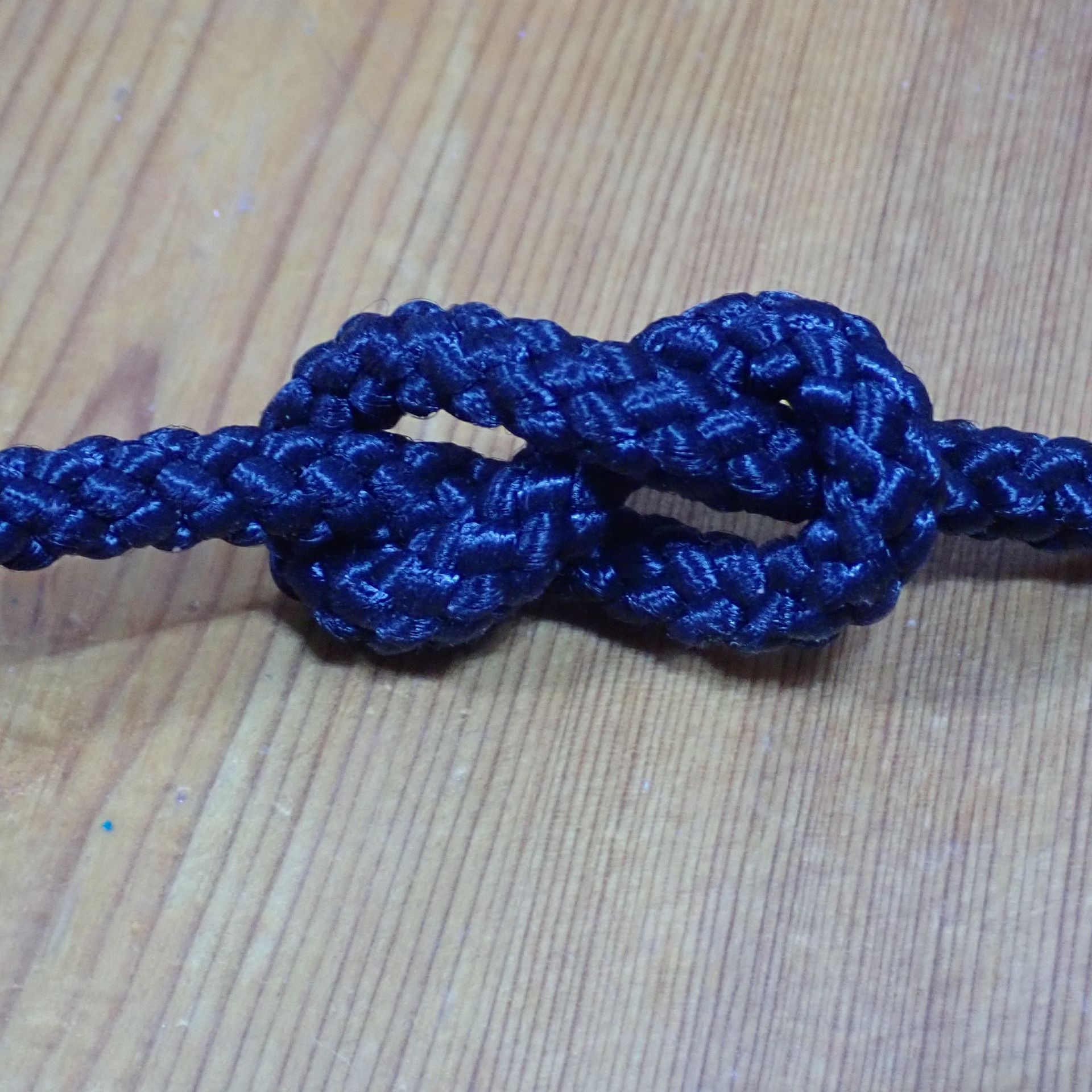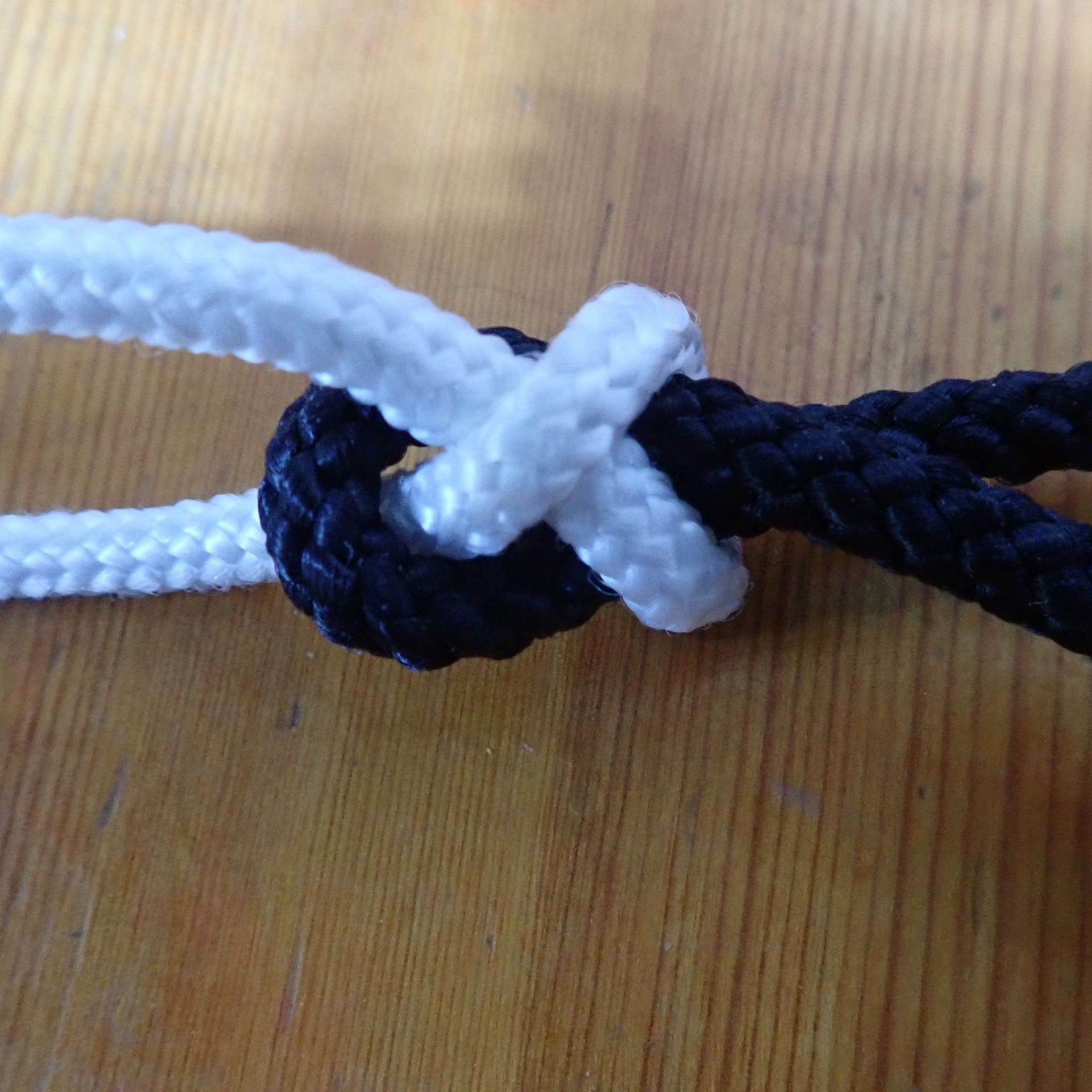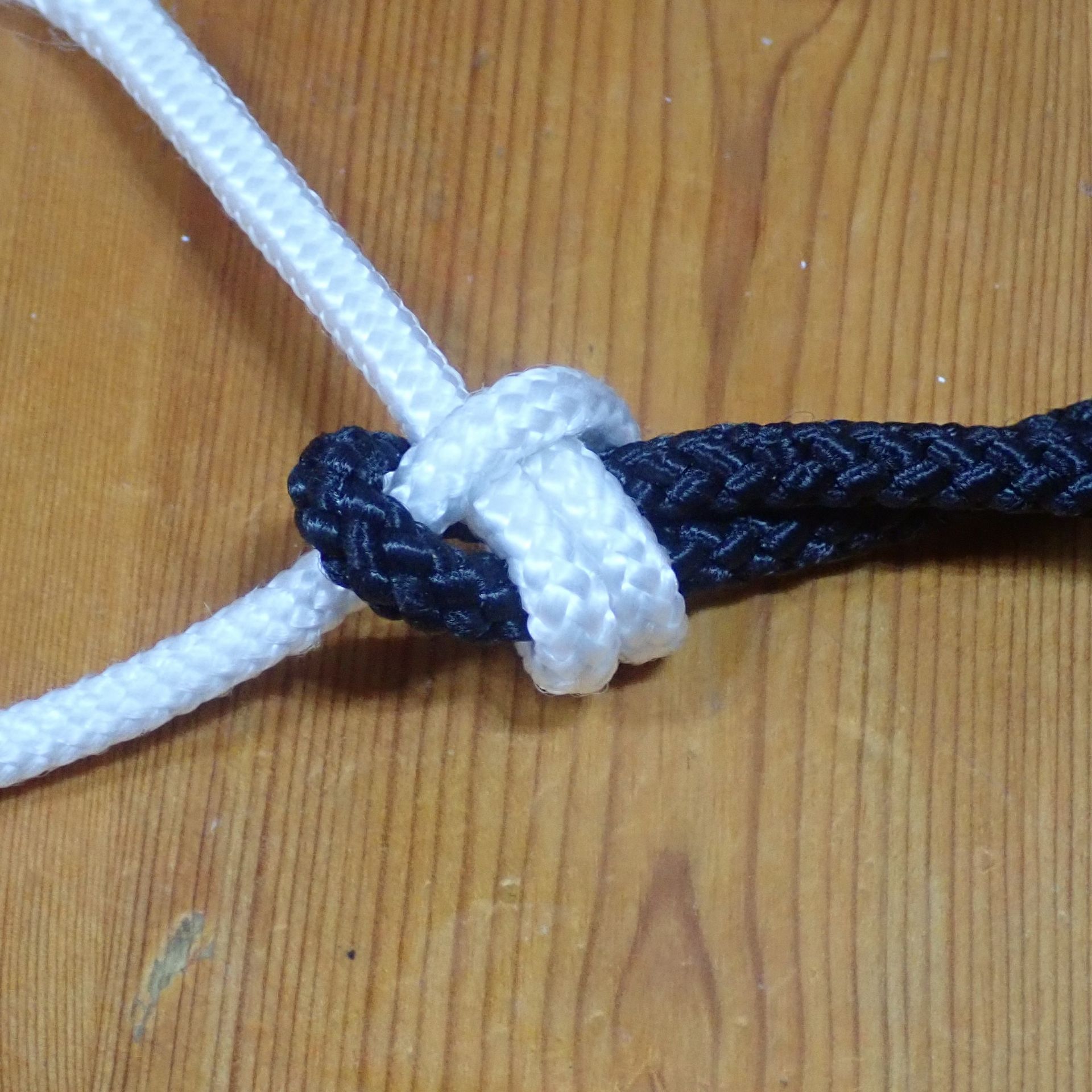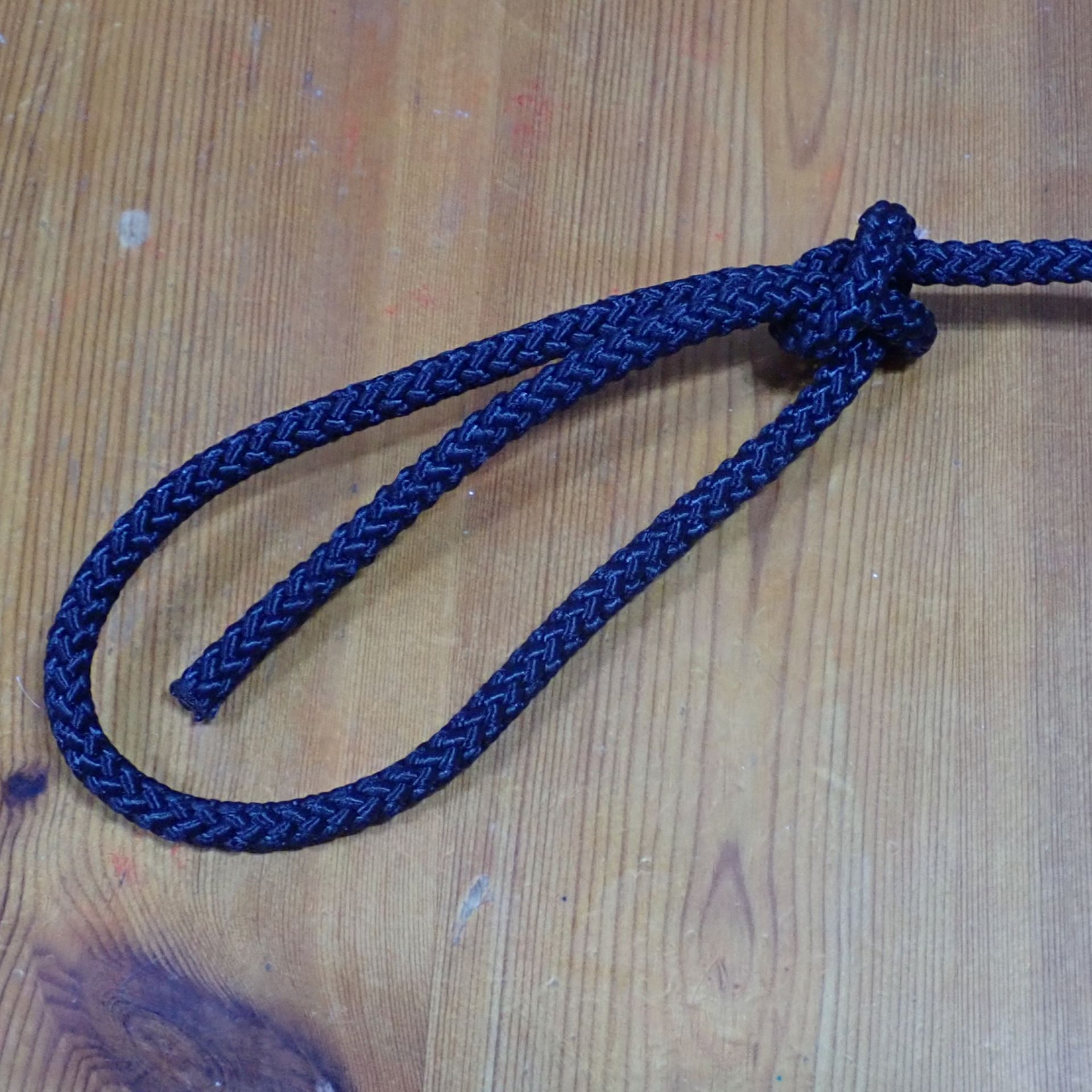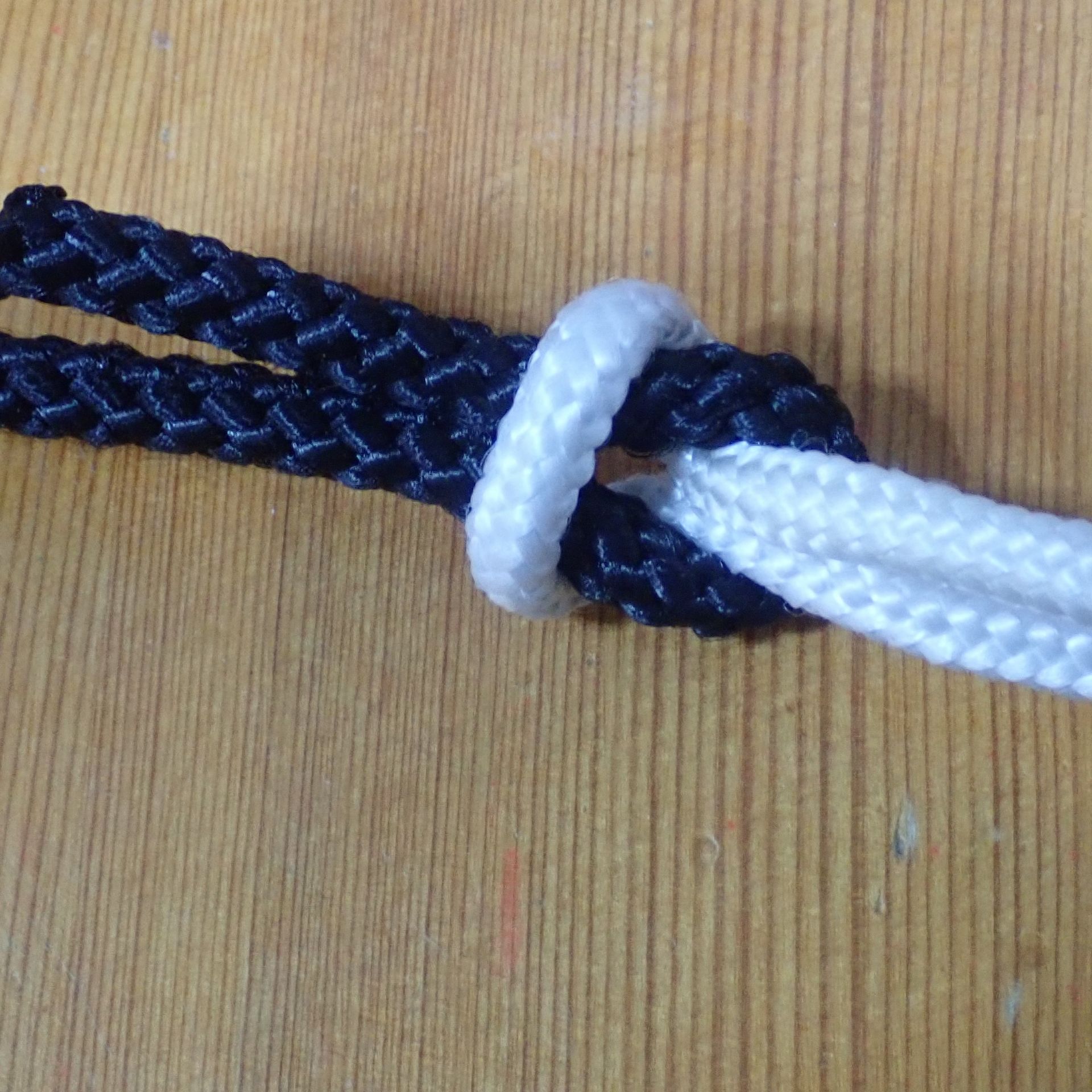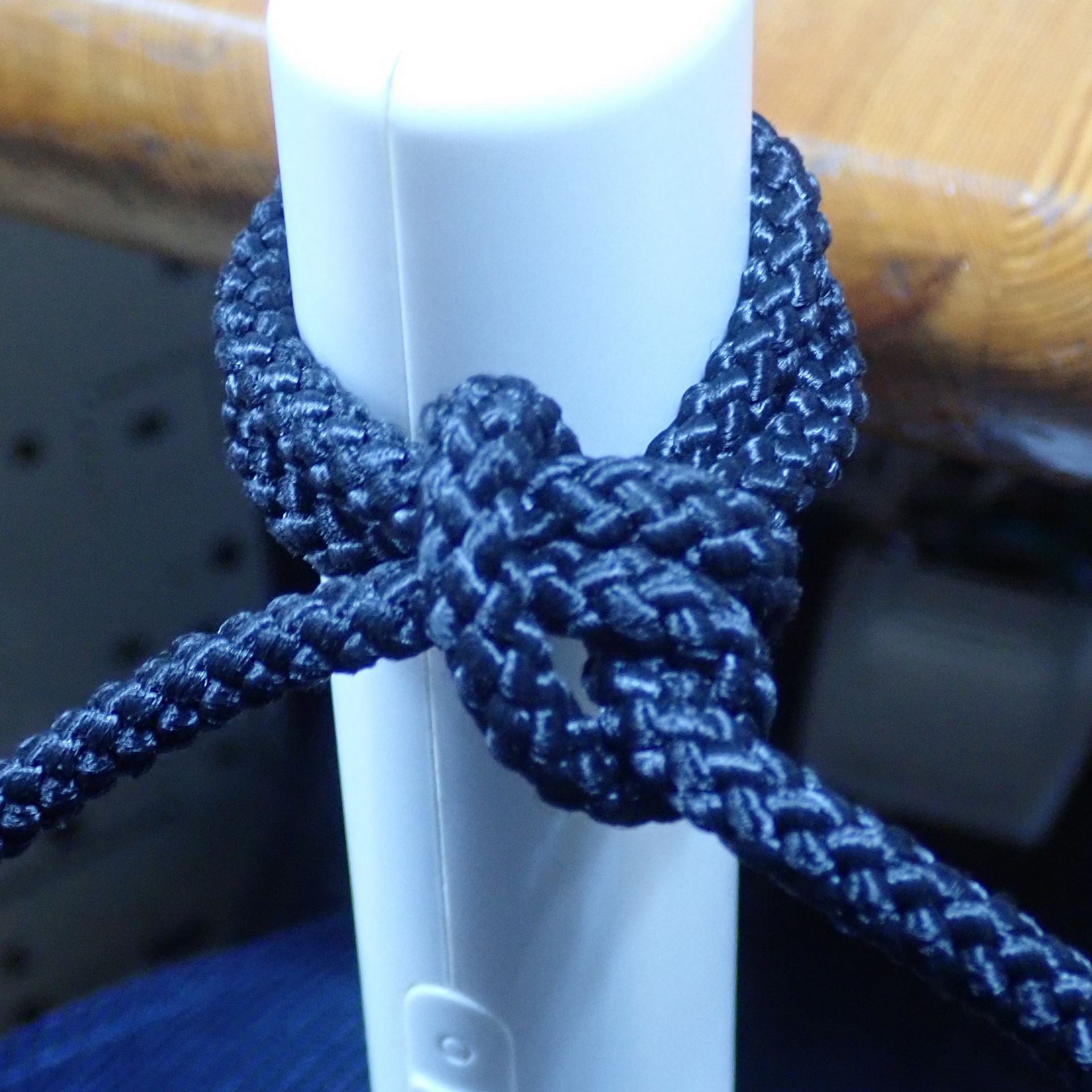admin August 3, 2024 Sailing Previous Lesson Comments (0)
Before we jump into the knots, let’s talk about why they’re so important. Knots in sailing aren’t just decorative; they’re practical tools that keep you safe, help you control your boat, and allow you to adapt to the ever-changing conditions on the water. A well-tied knot can mean the difference between a secure boat and an afternoon spent fishing it out of the river. No pressure!
Each of these knots has a specific purpose, and knowing when and how to use them is as important as learning the knot itself. As we go through each one, I’ll explain when you’ll need to use it while sailing. If any terms are unfamiliar, don’t worry—just click on them, and you’ll be whisked away to my 75 Sailing Terms Guide, complete with handy definitions and illustrations.
Now, onto the knots! You can't sail if you can't tie a knot. Here are the basic knots you need to learn how to tie
Purpose:
The figure of eight knot is often used to stop the end of a line from slipping through blocks or fairleads (which, in sailing terms, are those little devices that help guide your ropes). It’s quick, easy to tie, and prevents those frustrating moments where your line disappears out of reach.
How to Tie It:
Make a loop at the end of the rope.
Bring the tail of the rope around and through the loop, forming the shape of a number eight.
Pull it tight, and there you have it—an elegant little stopper!
Purpose:
The clove hitch is a handy knot for temporarily securing your boat to a post or rail. It's simple to tie and untie, which makes it great for quick stops—like when you're docking at the club for a cup of tea and need a swift tie-up.
How to Tie It:
Wrap the rope around a post or rail.
Cross the working end over the standing part of the rope.
Bring the working end under the post again and tuck it under the rope where it crosses.
This knot holds well under tension but can slip if not under constant strain, so don’t leave your boat tied with just a clove hitch for long!
Purpose:
The sheet bend is ideal for joining two ropes, especially if they’re of different thicknesses. It’s a strong, reliable knot that won’t come loose easily, even under load. The double sheet bend adds an extra wrap for extra security.
How to Tie the Sheet Bend:
Form a loop in one rope (the thicker one, if applicable).
Pass the working end of the second rope through the loop.
Wrap it around the loop and tuck it back under itself.
How to Tie the Double Sheet Bend:
Form a loop in one rope (the thicker one, if applicable).
Pass the working end of the second rope through the loop.
Wrap it around the loop and tuck it back under itself.
Simply take the working end of the second rope and wrap it around the loop a second time before tucking it under.
Purpose:
Ah, the bowline—possibly the most famous knot in sailing. It creates a fixed loop at the end of a rope that won’t slip, no matter how much strain is put on it. It’s incredibly useful for tying a line to a mooring or securing something on deck. You’ll hear people say, “If you can only learn one knot, make it the bowline.”
How to Tie It:
Make a small loop in the rope, leaving enough of a tail to work with.
Pass the tail end up through the loop (this is where you pretend it’s the rabbit coming out of the hole, if you like a good knot-tying story).
Bring the tail around the standing part of the rope (around the tree).
Finally, pass the tail back down through the loop (back into the hole), and pull it tight.
Purpose:
The reef knot is perfect for tying two ends of a rope together, often used for reefing sails (hence the name). It’s a simple knot but very effective when you need to secure something quickly.
How to Tie It:
Cross the two ends of the rope over each other, as if you’re tying your shoes.
Bring the ends under and over again in the same way, and pull tight.
Just like tying a bow, the reef knot is quick, easy, and effective.
Purpose:
This knot is used to tie your boat to a post or mooring. It’s more secure than a clove hitch and won’t slip under load, making it ideal for leaving your boat safely tied up.
How to Tie It:
Pass the rope around the post twice (this is the “round turn”).
Take the working end of the rope and tie two half hitches by wrapping the end around the standing part and tucking it through the loop created.
Knots are an essential part of sailing, and learning to tie them properly takes a bit of practice and patience. Each of these knots has a vital role on board, from securing your boat to joining lines or adjusting sails. So, grab a bit of rope, watch the videos, and practice tying them at home. It’s much better to fumble on land than out on the water!
Remember, if any terms leave you scratching your head, head over to my Sailing Terms Guide to refresh your memory. And as always, stay tuned for more tales of my sailing adventures as I learn the ropes of this wonderful new hobby.
Happy knot-tying, and until next time, may your knots be tight, and your sails full!

